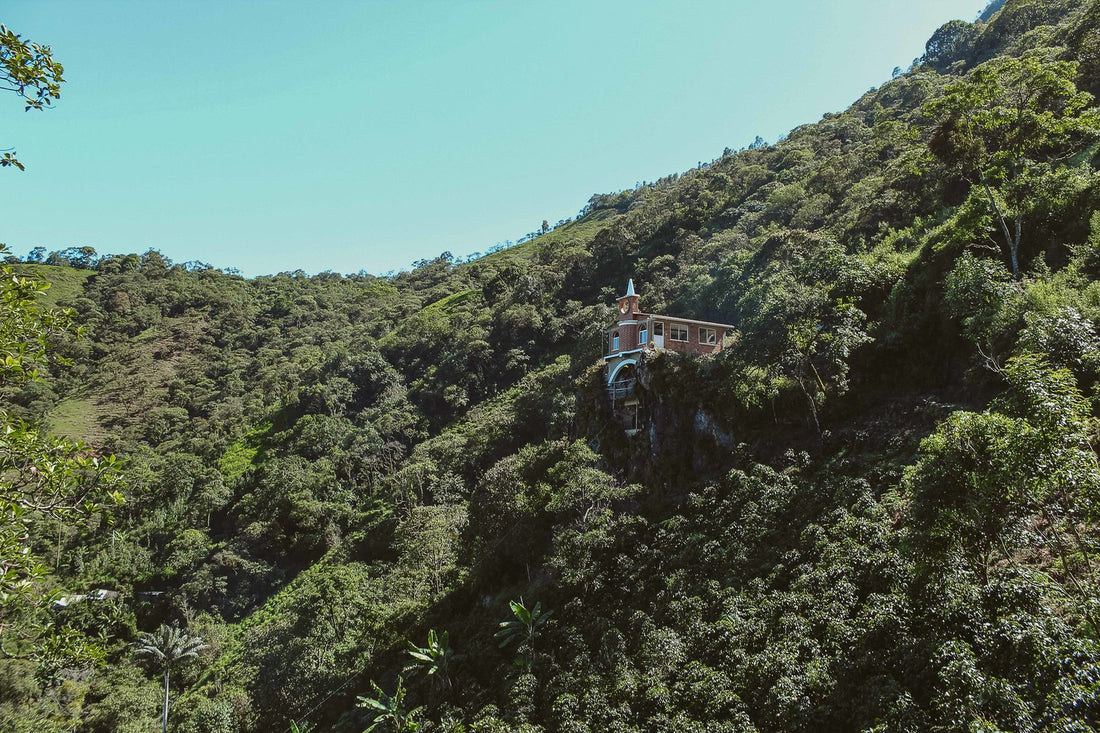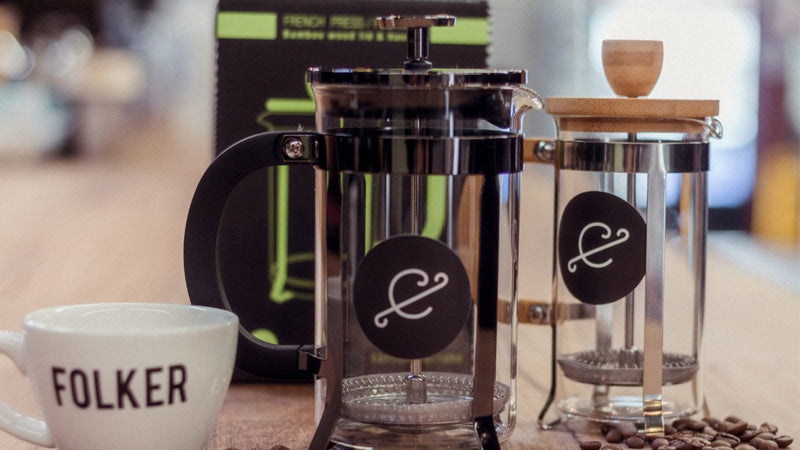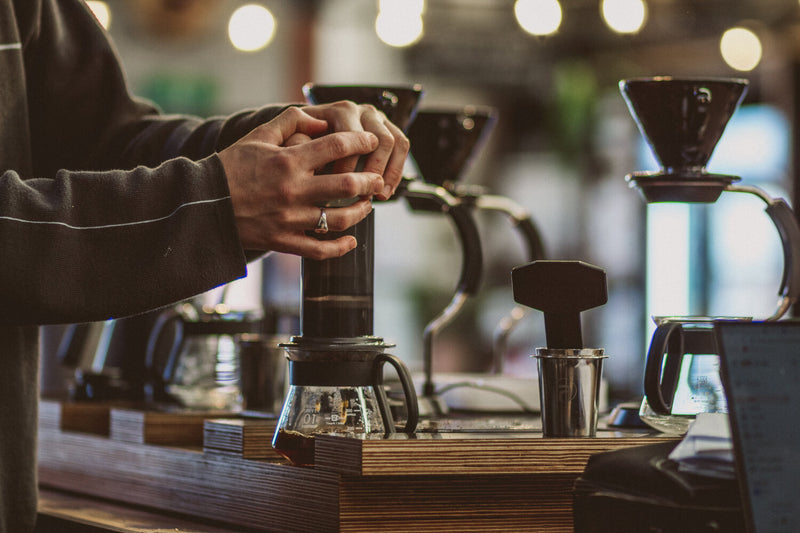What is MASL?
We know what it stands for (meters above sea level) but what does it mean for the coffee you're drinking?
The elevation a coffee is grown at is quoted on each of our origins.
Long story short, coffee grown at a high elevation (1200 masl and above) is probably going to taste nice.
Long story longer...
During the day the coffee tree is busy converting carbon dioxide and water into glucose and oxygen (luckily for us oxygen breathers). In the cooler afternoons and evenings the coffee tree ‘rests’ and produces acids within its fruit. Air temperatures at higher elevations are cooler and more stable than temperatures at sea level. In these cool, stable temperatures the coffee tree is free to produce more complex acids than trees grown at lower elevations. The reduced temperature fluctuations allow the production of complex organic acids like malic, phosphoric, quinic, acetic, lactic and tartaric.
Acid is important to how the coffee tastes.
Not just because it makes the coffee taste dynamic and interesting, but because acid also makes the perception of sweetness stronger. Seriously, if you add something acidic to something sweet, the thing appears sweeter. Boom, I just kicked your cooking skills up a notch. If the coffee tree gets short rest periods it will produce simple acids like citric. If it gets long stable cool periods the acids become more dynamic. Malic acid for instance makes the coffee taste a bit like an apple. Acetic acid will give it a funky winey taste. Phosphoric acid is the same acid used in coca cola, it’s what gives it the zippy texture on your tongue. Lactic acid will make it taste creamy.
I can sense your mouth salivating at the prospect of a coffee that tastes like your favourite wine. The higher the elevation the more rest the coffee tree gets and in turn the more complex the acid and interesting the flavour.
ALSO, SUGAR
These cooler periods slow the rate the fruit matures on the tree. With more time, the coffee tree can pack the neat little seeds we depend on full of flavour, acid and sugar. The value in having more sugar in your coffee should be obvious. Low elevation coffees will be less sweet and more bitter. Without all the lovely flavour imparted by the tree, coffee seeds (beans) are pretty much timber.
Plantation elevations are often exaggerated by producers which can be an easy trap to fall into, unless you visit the farm with a GPS. Or perhaps the farm is on a steep slope, the highest point of the plantation will be quoted as the ‘plantation elevation’ even though very little coffee comes from that high area.
There does come a point where coffee at super high elevations (2200masl) and up, produce coffee so slowly, that it really does not make economic sense. Yields can be very low and quality not necessarily higher.
At the end of the day, elevation is just an indication of potential quality, it defiantly does not guarantee it.
 Cart
Cart



